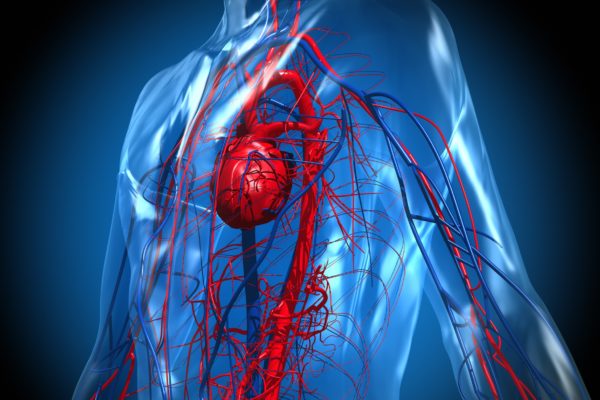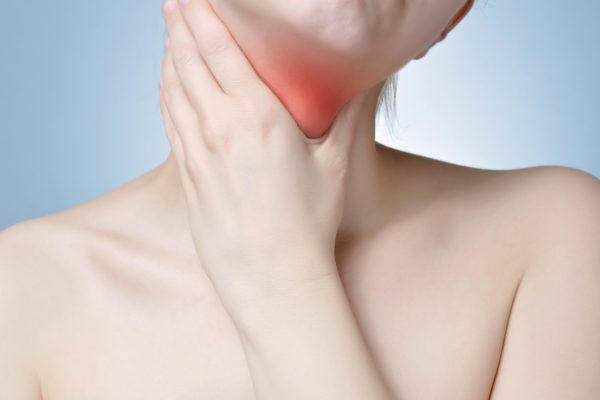
Patiëntenvereniging HOOFD-HALS (NL)
When malignant cells show unbridled spontaneous growth on the lips, it is known as lip cancer. Most commonly, these cancers begin as a restless spot on the lower lip that refuses to heal. Almost all cancers in the oral cavity, including the lips, are squamous cell carcinomas. Lip cancer is a type of oral cavity and pharynx cancer or head-and-neck cancer.
Lip cancer occurs most in men over the age of 40.
Lip cancer presents itself in its early stages like a little sore or blister that refuses to heal. Sometimes they seem to go away, only to return a short while later. Occasionally they may have a whitish tinge to them.
Larger tumours on the lips can lead to:
There is a precursory condition to lip cancer that is easily recognised: actinic cheilitis. This appears in the form of small imperfections on the lip, such as red spots and skin flakes. This is basically caused by an excess of ultraviolet light and exposure to the sun. This condition can develop into lip cancer. A biopsy can determine malignancy of the cells.
Smoking, excessive alcohol consumption and UV radiation are all contributing factors to a higher risk of developing lip cancer. The majority of patients have a history of smoking and/or alcohol use. These habits also negatively impact therapy results.
A patient with suspected lip cancer will be referred to a throat-nose-ear specialist. Sometimes it is the dentist who detects the condition. The specialist will examine the entire mouth, throat, nose and ears and possibly opt for a biopsy. Once the diagnosis has been reached, further tests determine the degree of the spread and how advanced the cancer is. Based on these findings, a treatment strategy is set up. Research methods include X-rays, MRI scans, CT scans, ultrasound, a lung photo and a sentinel node procedure. This last procedure involves identifying the first lymph node to where the cancer has spread. This sentinel node is then surgically removed and examined.
The four stages of lip cancer are:
The differentiation of the tumour is an important factor in establishing a prognosis and treatment. This can be determined on the basis of a biopsy. A biopsy involves the removal of a small bit of tissue that can be examined under a microscope. Differentiation determines the degree of mutation in the cancerous cells.
Once the severity of the cancer has been established, a treatment plan will be decided upon. Lip cancer is usually treated by radiation, surgery, chemotherapy or phototherapy.
For aesthetic reasons, doctors aim to treat smaller lip tumours by operating, phototherapy or radiation. If the tumour is too large to surgically remove it without disfiguring the patient, radiation is generally the choice of treatment. If the tumour is very large, operation may still be the best option, followed by reconstructive plastic surgery.
EGFR inhibitors are also a potential therapy option, for patients who may be eligible. Research into targeted therapy is currently ongoing.
A tumour that is not thicker than 0.5 centimetres can be treated with photodynamic therapy. The patient is injected with a chemical compound that settles in and around the tumour. Subsequently, the tumour gets treated by laser therapy, thus causing a chemical reaction that kills off cancer cells. Growths in the neck can also be surgically removed, sometimes in combination with adjuvant radiation therapy. In case the tumour has spread so extensively that curing is no longer an option, above therapies can also be applied in a palliative sense.






